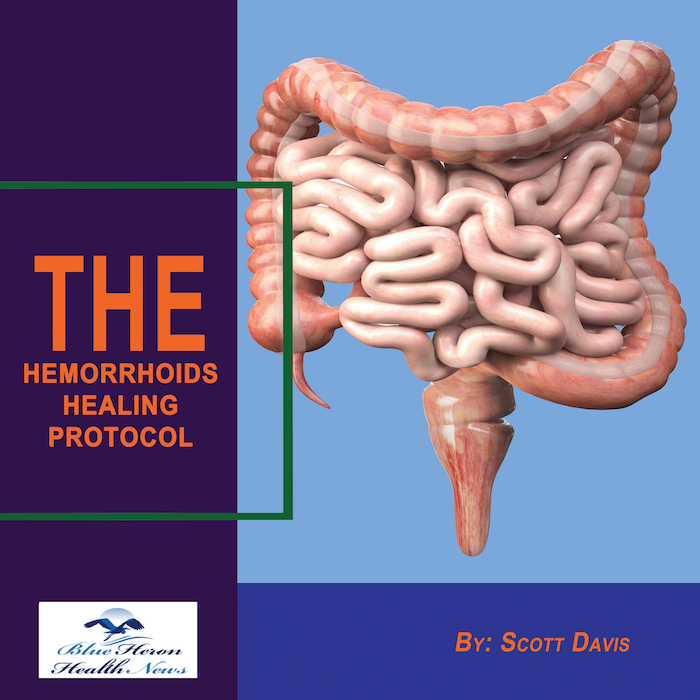
The Hemorrhoids Healing Protocol™ By Scott Davis Hemorrhoid healing protocol is a three-week online program that helps in treating and reducing hemorrhoids. It teaches gentle recipes and movements, natural and effective remedies that help in treating hemorrhoids.This program is not like the usual prescription medicines, it is a hell of a lot more than just those drugs. It focuses more on elevating the two main not so good habits that are connected to the Hemorrhoids. Overall the sole motive of this program is to remove the problem from its root instead of just treating the symptoms.
What is the recovery process like after hemorrhoid surgery?
The recovery process after hemorrhoid surgery, known as a hemorrhoidectomy, can vary depending on the type of surgery, the severity of the hemorrhoids, and the individual’s overall health. However, recovery typically involves managing pain, healing the surgical site, and gradually returning to normal activities. Here’s what you can generally expect during the recovery process:
1. Immediate Post-Surgery Period
- Pain and Discomfort: Hemorrhoidectomy is often associated with significant discomfort, especially during bowel movements, as the anal area is sensitive. Pain is usually the most intense in the first few days after surgery but can persist for a couple of weeks.
- Pain Management: Doctors often prescribe pain relievers or suggest over-the-counter pain medications like ibuprofen or acetaminophen. In some cases, topical numbing creams or sitz baths (warm water baths for the buttocks) may be recommended to ease discomfort.
- Swelling and Bruising: Swelling and mild bruising around the surgical site are common. This typically subsides as healing progresses.
2. Bowel Movements
- Initial Bowel Movements: The first bowel movement after surgery can be uncomfortable, and many patients fear straining, which can worsen pain. To prevent constipation and ease bowel movements, doctors usually recommend stool softeners (like docusate) and fiber supplements (such as psyllium husk).
- Dietary Changes: A high-fiber diet (fruits, vegetables, whole grains) and increased fluid intake are recommended to make stools softer and reduce the risk of straining. Drinking plenty of water and avoiding foods that may cause constipation is important during recovery.
- Possible Bleeding: Some minor bleeding during bowel movements is normal in the first few days after surgery but should decrease over time.
3. Wound Care
- Keeping the Area Clean: After surgery, keeping the area clean is crucial to avoid infection and promote healing. Using warm water to gently clean the area after bowel movements (sometimes with a sitz bath) is typically recommended. Avoid using rough toilet paper and opt for moist wipes or a bidet to reduce irritation.
- Sitz Baths: Taking sitz baths a few times a day, especially after bowel movements, can help relieve pain, reduce swelling, and keep the area clean.
4. Physical Activity
- Rest and Gradual Return to Activities: It’s important to rest in the initial days after surgery, but light activities, such as walking, are encouraged to promote circulation and prevent complications like blood clots. Heavy lifting, strenuous exercise, or activities that put pressure on the rectal area should be avoided for at least 2 to 4 weeks.
- Returning to Work: Most people can return to work within 1 to 2 weeks, depending on the type of job. Jobs that require sitting for long periods or heavy physical labor may require a longer recovery period.
5. Healing Time
- Complete Healing: While the pain may begin to improve after a few days, complete healing of the surgical site can take 2 to 6 weeks. The speed of recovery depends on the individual’s health, the extent of the surgery, and how well post-operative care is managed.
- Follow-Up Appointments: Doctors usually schedule follow-up appointments to check the healing progress and address any concerns or complications.
6. Managing Pain During Bowel Movements
- Laxatives and Stool Softeners: In addition to a high-fiber diet, laxatives or stool softeners may be prescribed to make bowel movements easier and prevent straining.
- Topical Pain Relief: Lidocaine creams or ointments may be prescribed to apply to the area before or after bowel movements to reduce discomfort.
7. Potential Complications
- Infection: Though rare, infection at the surgical site is possible. Signs of infection include increasing pain, redness, warmth, discharge, or fever. Immediate medical attention should be sought if any of these symptoms occur.
- Urinary Retention: Some patients may experience difficulty urinating (urinary retention) after hemorrhoid surgery due to the location of the surgery and pain. This usually resolves as the swelling decreases.
- Fecal Incontinence: In rare cases, patients may experience temporary issues with fecal incontinence, especially if the surgery affects the anal sphincter.
8. Long-Term Outlook
- Symptom Relief: Hemorrhoid surgery is usually effective in providing long-term relief from hemorrhoid symptoms, such as pain, bleeding, and itching. Once fully healed, patients typically experience significant improvement in their quality of life.
- Prevention of Recurrence: To prevent the recurrence of hemorrhoids after surgery, maintaining a high-fiber diet, drinking plenty of water, and avoiding straining during bowel movements are important long-term strategies.
Tips for Recovery:
- Use Ice Packs: Applying ice packs can help reduce swelling and discomfort in the first few days post-surgery.
- Stay Hydrated: Drinking plenty of water helps prevent constipation, a key factor in preventing further strain on the surgical area.
- Avoid Straining: To minimize pain during bowel movements, avoid pushing or straining. Take your time and let the stool pass naturally.
Conclusion
The recovery process after hemorrhoid surgery involves managing pain, maintaining hygiene, and adopting lifestyle changes to promote healing and prevent complications. While discomfort is common in the first few days, symptoms usually improve over 1 to 2 weeks, with complete healing occurring over several weeks. Adhering to post-operative care instructions, following a high-fiber diet, and gradually returning to normal activities are key to a successful recovery.
The Hemorrhoids Healing Protocol™ By Scott Davis Hemorrhoid healing protocol is a three-week online program that helps in treating and reducing hemorrhoids. It teaches gentle recipes and movements, natural and effective remedies that help in treating hemorrhoids.This program is not like the usual prescription medicines, it is a hell of a lot more than just those drugs. It focuses more on elevating the two main not so good habits that are connected to the Hemorrhoids. Overall the sole motive of this program is to remove the problem from its root instead of just treating the symptoms.
